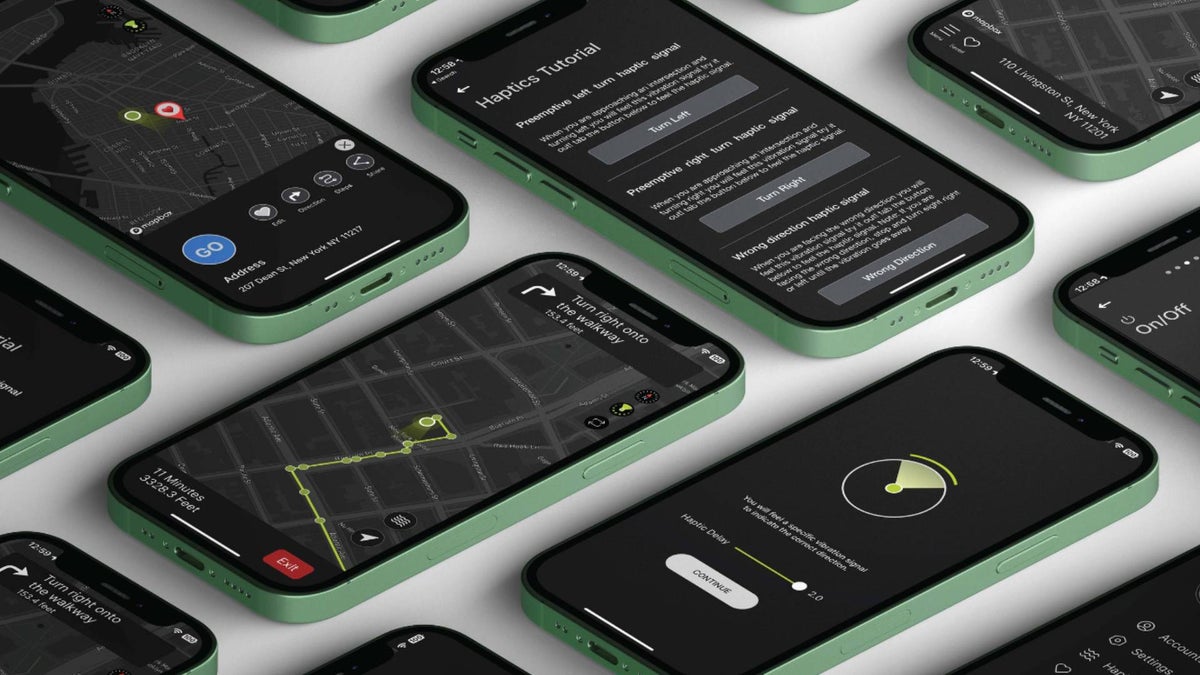Haptic, a tech company dedicated to accessible navigation, is setting out to expand its haptic navigation technology worldwide. Founded in 2017 by CEO Kevin Yoo and a team inspired by a friend’s vision loss, Haptic aimed to create a non-visual, non-verbal way to help those with blindness and low vision navigate without depending on auditory or screen-based cues.
Screen readers and voice-guided apps, though helpful, often aren’t practical for navigating bustling city streets or silent areas.
According to Haptic’s head of operations, Enzo Caruso, tactile feedback could serve as a universal solution. Touch is intuitive, straightforward, and easily understood across all cultures, he notes, making it a valuable tool for guiding users.
Haptic’s technology uses vibrations, creating what the company calls a “haptic corridor” – a pattern of pulses that intensifies or shifts if the user veers off the intended path, effectively steering them in the right direction without visual input. This patented system, known as HapticNav, is compatible with smartphones and smartwatches.
Initially, Haptic developed its own wearable for this navigation system. However, with advancements in consumer tech, the company pivoted to software-based solutions, using existing smartwatches rather than competing with major tech players like Apple and Google. This strategic move lets Haptic reach a far wider user base through software integration rather than hardware production.
This year marks a turning point for Haptic as it moves from product validation to scaling its reach. Partnerships with major tech platforms could enable Haptic to bring its navigation tool to billions, potentially helping both users with vision impairments and others in complex environments like crowded venues.
Yoo envisions scenarios where users can navigate directly to a destination – such as an Uber at a busy airport – using only the pulses from their smartwatch, making Haptic’s technology universally beneficial.
Haptic’s current partnerships with organizations like Waymap, Cooley, WID, Infinite Access, and Aira illustrate its commitment to accessible tech. A recent million-dollar contract with Aira, an app that provides live assistance to people with vision impairments, shows how Haptic’s navigation can work in tandem with human support, reducing the need for constant step-by-step guidance.
Pretty amazing, if you ask me!
